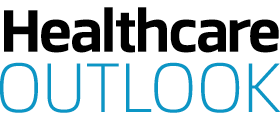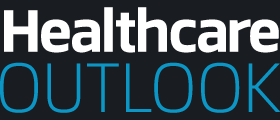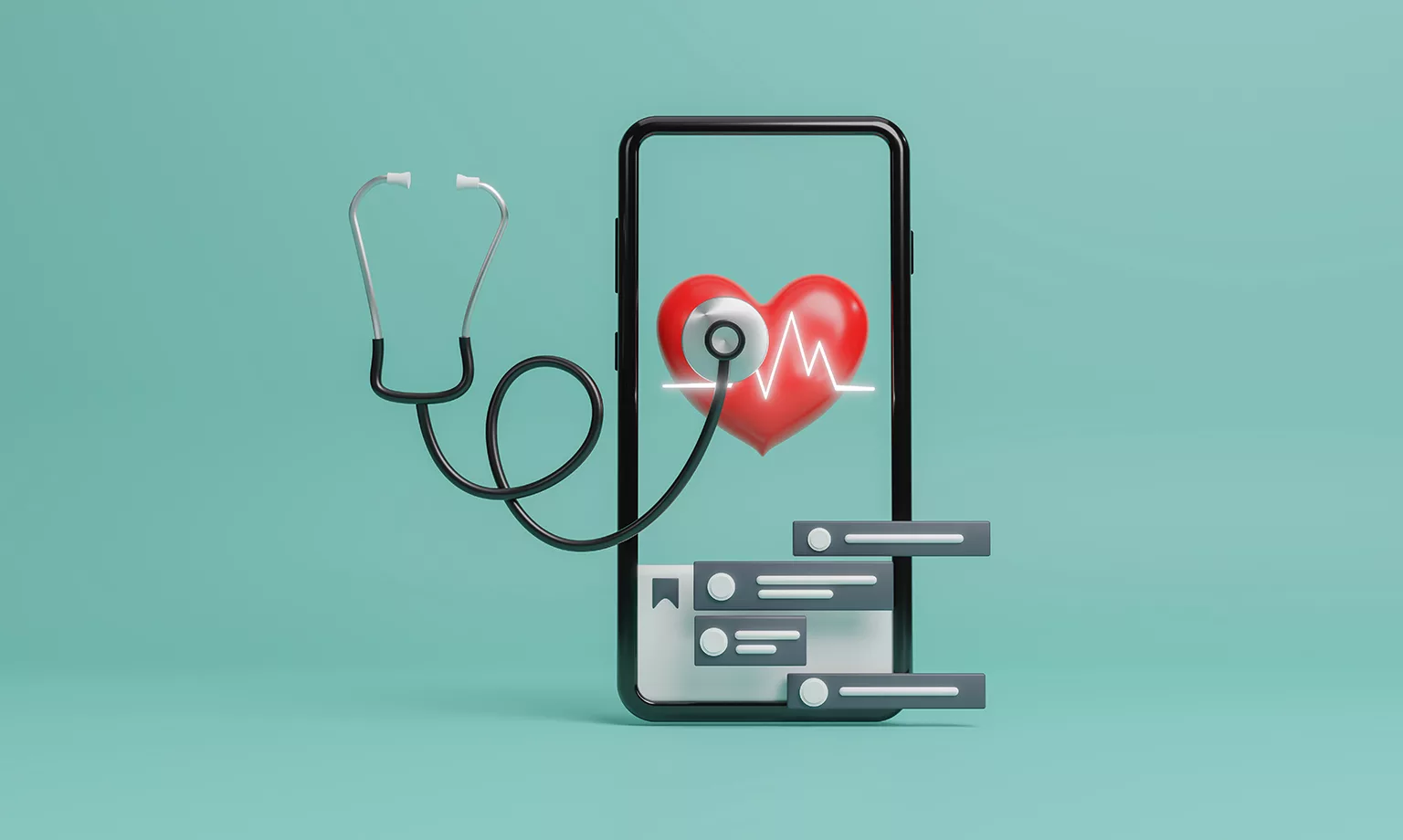DIFFUSING THE AGING TIME BOMB WITH DIGITAL HEALTH
OVERSTRETCHED GOVERNMENT SPENDING
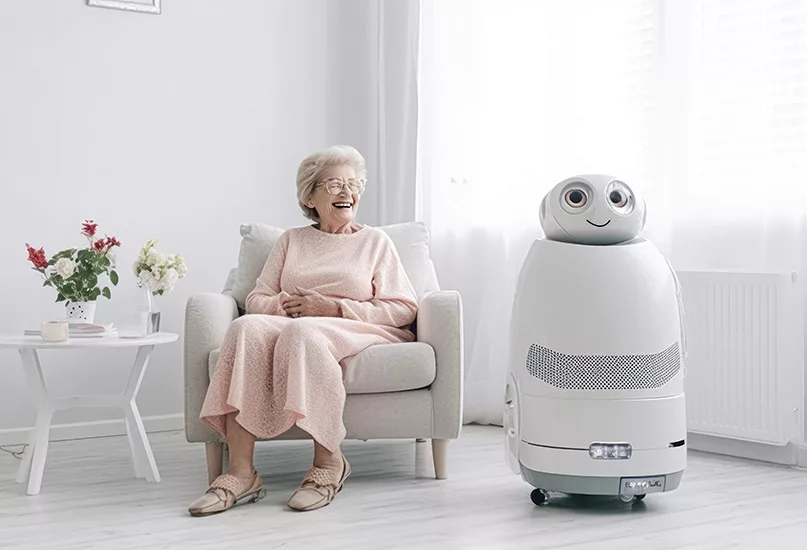
THE DIGITAL HEALTH REVOLUTION
A recent study from Allied Market Research also highlights the growth in demand for patient-centric mobile apps and digital health technology, and predicts the market value will grow to USD$64 billion by 2027.
Clearly, the approach to using digital tools in healthcare provision is undergoing a substantial and rapid shift, but despite these leaps, not enough attention is being given to ageing as a chronic disease, and how technology can be used to transform geriatric care and alleviate mounting pressures.
DIGITAL TECHNOLOGIES FOR THE AGEING POPULATION
The use of digital technologies, such as wearables, could offer options to monitor older patients continuously, remotely, and conveniently without affecting their safety or autonomy.
Technology can also be used to provide more accurate and up-to-date health reports, so caregivers can make better decisions about whether to administer medications or treatments. This could be particularly significant for the growing numbers of elderly patients receiving at-home care and support amidst declining numbers of nursing homes – as detailed in a recent report by the Wall Street Journal. For those with more chronic health conditions, wearable devices can effectively track the impact of ongoing treatments, while also generating instantaneous alarms should the patient suffer a stroke, heart attack, or fall.
However, one of the main challenges in driving the widespread implementation of digital technologies for the ageing population is that the majority still like to receive medical attention and/or support in person. To ensure adherence, healthcare providers therefore need to establish ease of adoption and use to quickly showcase the benefits of digital health.
For example, by using technology, healthcare providers can effectively streamline inefficient processes within an elder care setting, reducing the time spent on unnecessary tasks while ensuring elders are receiving the best possible care.
Telemedicine can be especially beneficial for elderly individuals who have mobility issues or live in remote areas, allowing them to receive medical care remotely through video or phone consultations with healthcare providers.
In addition, wearable devices, such as fitness trackers and smartwatches, can help older patients track their health and wellness, and alert caregivers if there are any concerns, therefore ensuring patients feel more actively engaged and involved in their own well-being.
Finally, robotics technology can be used in a variety of applications in elderly care, including assistive robots that can help with tasks such as medication reminders and physical therapy, as well as social robots that can provide companionship and engagement.
These are just some of the ways digital health can be used to ensure the best quality of care for elderly patients and, in turn, reduce the financial burden placed on healthcare facilities by the rapidly ageing population.
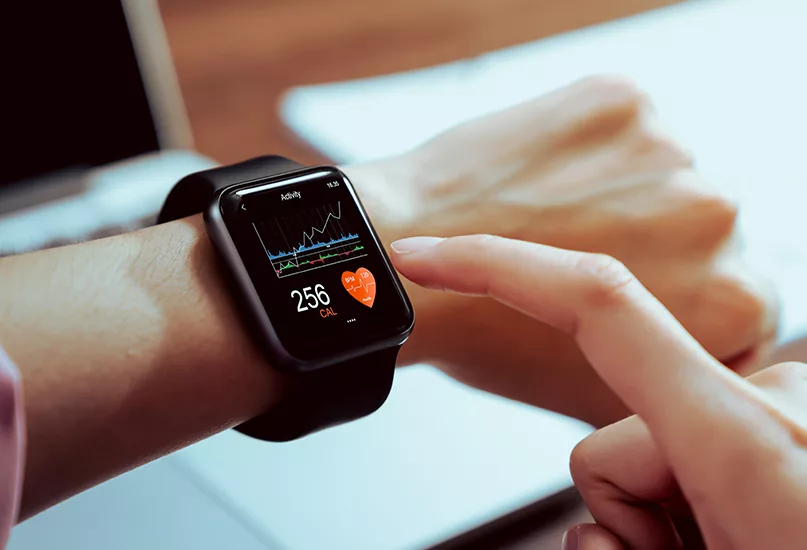
LOW AND NO-CODE DIGITAL PLATFORMS
In the wider healthcare setting, organisations are increasingly turning to technology solutions to realise their digital health vision.
Low-code and no-code platforms have proven to be extremely effective in helping improve medical services and clinical outcomes, without the huge financial and resource investment required to develop new technological solutions from scratch.
Using these applications, medical providers can create bespoke solutions for elderly patients, using low amounts of coding (or even no coding at all) which are easy to build, manage, and scale. Drag-and-drop functionalities and pre-built templates can further simplify the process and enable them to build custom applications that allow for clearer communication between patients and physicians, such as intuitive portals that enable patients to remotely update their medical histories in preparation for video check-ups.
Ultimately, in leveraging the power of low-code and no-code digital health platforms, healthcare providers can not only enhance the level of care delivered to ageing populations, but also significantly reduce the cost of delivery in the process.

CHALLENGE OF THE CENTURY
Ageing populations are one of the 21st century’s biggest challenges, and it means there are more people who need medical care than ever before.
National health systems have no choice but to adapt in order to provide adequate and affordable solutions, and digital technology offers a golden opportunity to reimagine how we can support and empower geriatric patients to lead fulfilling and healthy lives.
Innovation, driven by digital technology, is key to relieving the increasing pressures placed on national health systems, social care, and other public services.
By embracing technological advancements, the medical sector can evolve its approach to identifying and managing the long-term conditions associated with ageing, improve the patient experience, and empower the elderly population to live longer and healthier lives.
